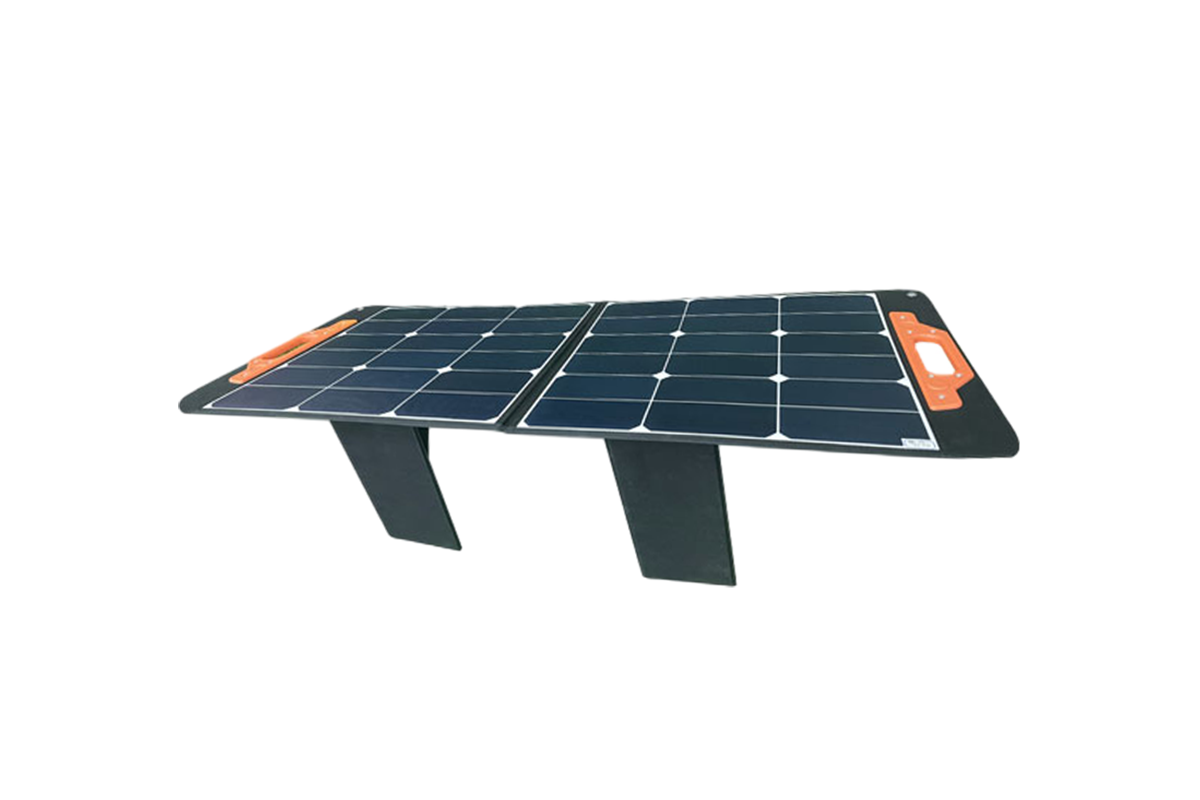

Time:2025-06-11 Views:1

The large-scale production of solid-state batteries represents a significant technological challenge and a crucial step towards their widespread commercialization. Unlike traditional lithium-ion batteries that use liquid electrolytes, solid-state batteries employ solid electrolytes, which require a different set of manufacturing processes to ensure consistent quality and high production yields.
One of the key processes in the large-scale production of solid-state batteries is the preparation of solid electrolytes. Solid electrolytes can be classified into three main types: inorganic, organic, and composite. Inorganic solid electrolytes, such as lithium garnets, lithium phosphates, and lithium sulfides, often require high-temperature sintering processes. For example, in the case of lithium garnet-based electrolytes, raw materials are first mixed in precise proportions and then subjected to high temperatures ranging from 800°C to 1200°C in a sintering furnace. This high-temperature treatment helps to form a dense and homogeneous solid electrolyte with good ionic conductivity. However, the sintering process is time-consuming and energy-intensive, and it also requires strict control of temperature gradients and heating rates to avoid cracks and uneven density in the electrolyte.
Another important aspect is the electrode fabrication. In solid-state batteries, the electrodes need to have good contact with the solid electrolyte to ensure efficient ion transfer. One common method is the thin-film deposition technique. For cathode fabrication, materials like lithium cobalt oxide or lithium nickel manganese cobalt oxide are deposited onto a substrate using physical vapor deposition (PVD) or chemical vapor deposition (CVD) methods. These techniques allow for precise control of the film thickness and composition, enabling the creation of electrodes with optimized electrochemical properties. For anode fabrication, lithium metal or silicon-based materials can be deposited in a similar manner. However, when using lithium metal anodes, special precautions need to be taken to prevent the formation of lithium dendrites, which can cause short circuits. This may involve the use of protective coatings or specific electrolyte additives during the production process.
The assembly of solid-state batteries also presents unique challenges. Since solid electrolytes are not as flexible as liquid electrolytes, the alignment and pressing of the electrodes and electrolyte layers need to be carefully controlled. Lamination and hot-pressing processes are commonly used. In the lamination process, the cathode, solid electrolyte, and anode layers are stacked together in a precise sequence. Then, in the hot-pressing process, the stacked layers are subjected to high pressure and a certain temperature to ensure good contact between the layers. The pressure and temperature conditions need to be optimized for different materials and battery designs to achieve the best performance.
To achieve large-scale production, automation and high-throughput manufacturing techniques are essential. Automated assembly lines can improve production efficiency, reduce human error, and ensure consistent quality. Advanced robotics can be used for tasks such as electrode coating, layer stacking, and battery packaging. In addition, in-line inspection systems are crucial for monitoring the production process in real-time, detecting any defects or variations early, and ensuring that the final products meet the required specifications.
Read recommendations:
High-capacity home energy storage battery